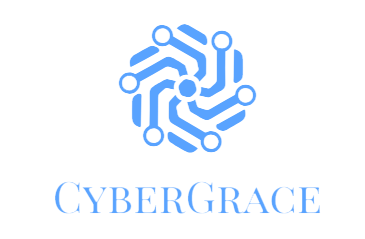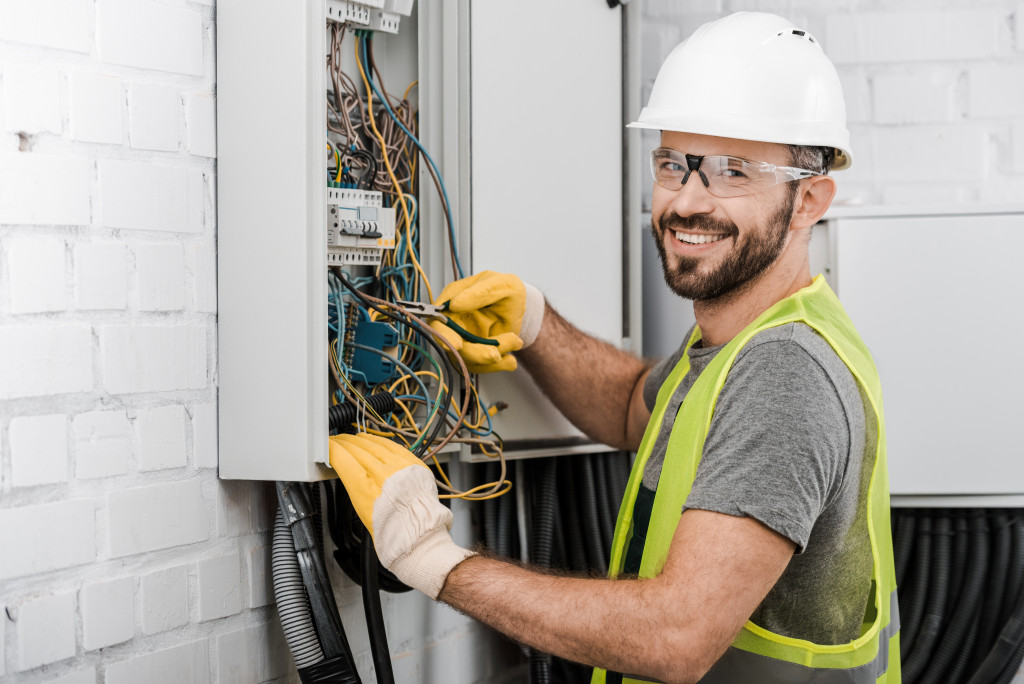Homes are filled with electrical wiring, and the potential for problems comes with that. From frayed wires to loose outlets, there are several ways that electrical problems can occur. Energy efficiency is also an essential factor to consider when it comes to the electrical system in your home. Thankfully, there are several ways to use technology to keep your home safe from electrical problems. Here are a few of the best:
1. Install surge protectors.
Surge protectors are devices that help to protect your electronics from power surges. Power surges can happen for many reasons, including lightning strikes and downed power lines. When they occur, they can cause severe damage to your electronics. By absorbing the excess energy from the power surge and redirecting it away from your electronics, surge protectors prevent electrical damage at home.
Some surge protectors can also be monitored remotely so that you can keep an eye on them from anywhere. They can also be programmed to alert you when a surge has occurred so that you know your electronics are safe. You can also connect your surge protectors to other devices, such as smart outlets, to further increase the safety of your electrical system.

2. Have your home inspected by a licensed electrician.
Even if you take all necessary precautions, electrical problems can still occur in your home. That’s why it’s essential to have your home inspected by a licensed electrician regularly. They will be able to identify potential problems and make any necessary repairs before they become serious issues. You can easily find an electrician in your area by searching online or asking for recommendations from friends and family.
You can also use the internet to hire an inspector to get an EICR for domestic properties. An EICR or electrical installation condition report will provide you with a detailed report of all electrical installations within your home which will help to identify any potential problems. This is a great way to keep your home safe and ensure everything is running as it should be. You can also use the report to show prospective buyers if you want to sell.
3. Use GFCI outlets.
GFCI, or ground fault circuit interrupter, outlets are designed to help protect people from electrocution. They work by constantly monitoring the flow of electricity through the outlet. If they detect an imbalance in the flow of electricity, they will shut off the power to the outlet automatically. This helps to prevent electrocution by stopping the flow of electricity before it can cause harm.
GFCI outlets are essential in areas like kitchens and bathrooms, where there is a greater chance of water coming into contact with electrical outlets. Installing GFCI outlets in these areas can help to keep you safe from electrical shocks and reduce the risk of electrocution. You can easily purchase GFCI outlets online and install them yourself, or you can hire a qualified electrician to install them for you.
4. Use energy monitoring devices.
Energy monitoring devices are designed to help you keep track of your home’s energy usage. They measure the amount of electricity used in your home and send this information to a monitoring system. This system can then be accessed remotely, allowing you to track your energy usage.
One of the main benefits of using energy monitoring devices is that they can help identify potential problems with your home’s electrical system. For example, if your energy usage is higher than usual, this could indicate a problem with your electrical system that needs to be addressed. Energy monitoring devices can also help you identify ways to reduce energy usage, which can lead to lower electricity bills.
5. Invest in a home backup generator.
For homes that are located in areas that are prone to power outages, a home backup generator can be an excellent investment. Home backup generators provide an alternative source of electricity in the event of a power outage. This can help ensure your home remains powered and safe, even during extended outages.
Home backup generators come in various sizes and types, so it’s essential to choose one that is suitable for your home and electrical system. You should also consider the cost of installation and maintenance, as these can add up quickly. However, a home backup generator is an invaluable investment that can help keep your home powered and safe during an emergency.
Technology has come a long way in recent years, and there are now many ways that you can use it to keep your home safe from electrical problems. Investing in a few key equipment, such as GFCI outlets, energy monitoring devices, and a home backup generator ensures that your home’s electrical system is safe and secure. Additionally, having an EICR or hiring a qualified electrician to inspect your home’s wiring can help to identify potential problems and keep your home safe from electrical hazards. By investing in these measures, you can ensure that your home remains powered and safe.

